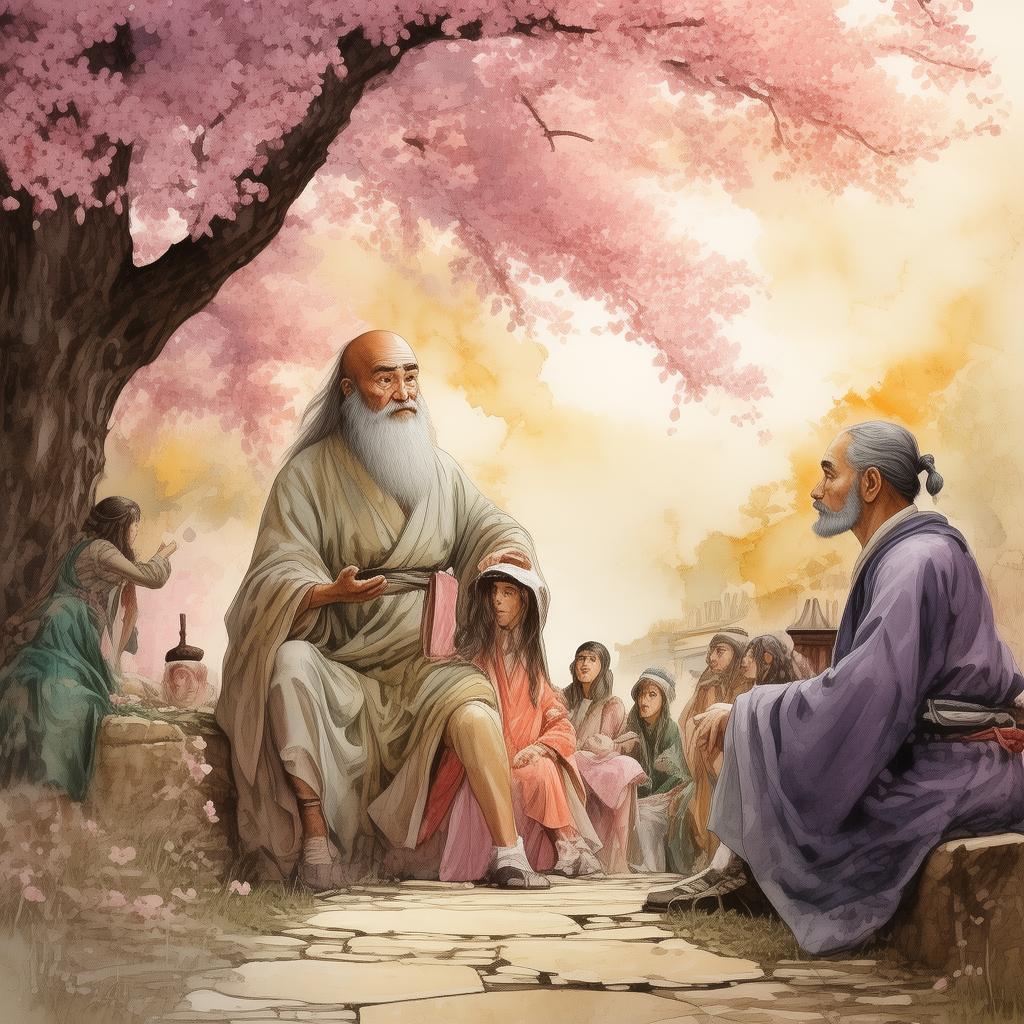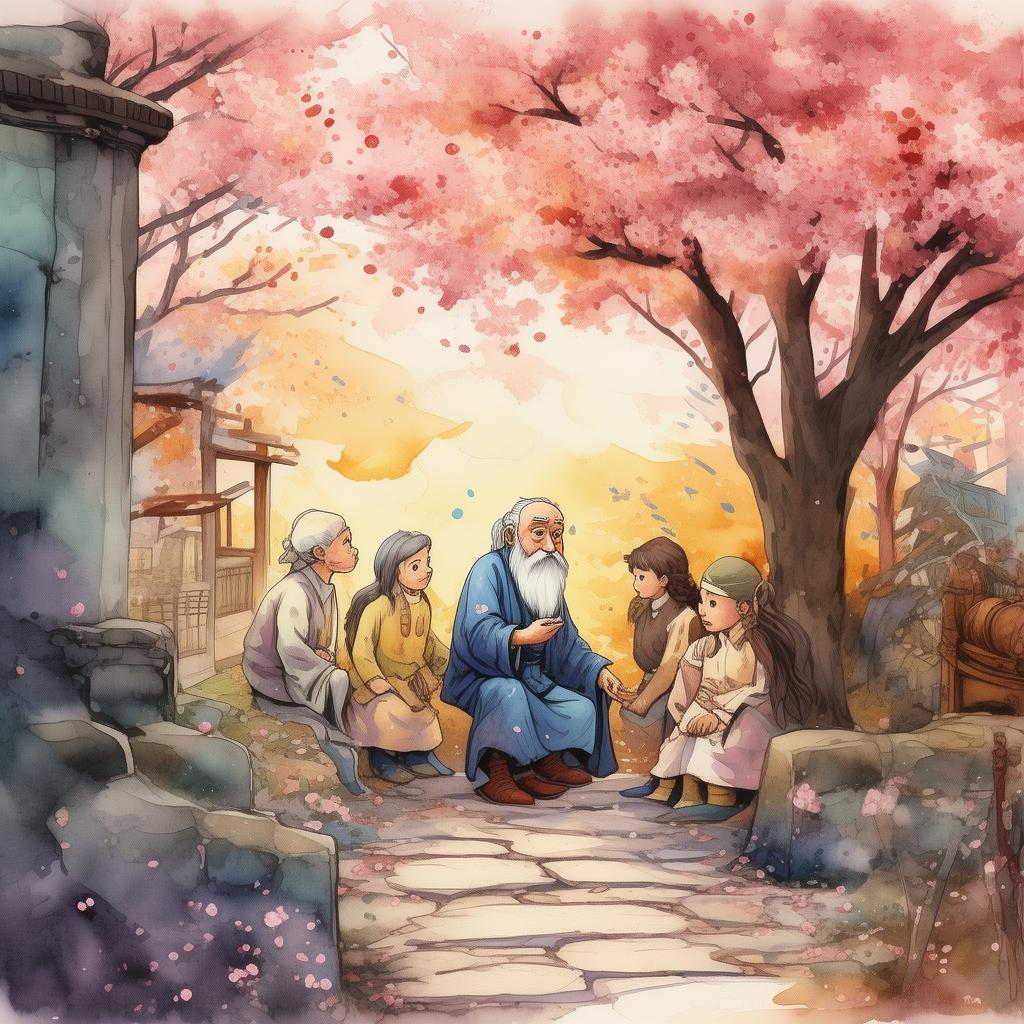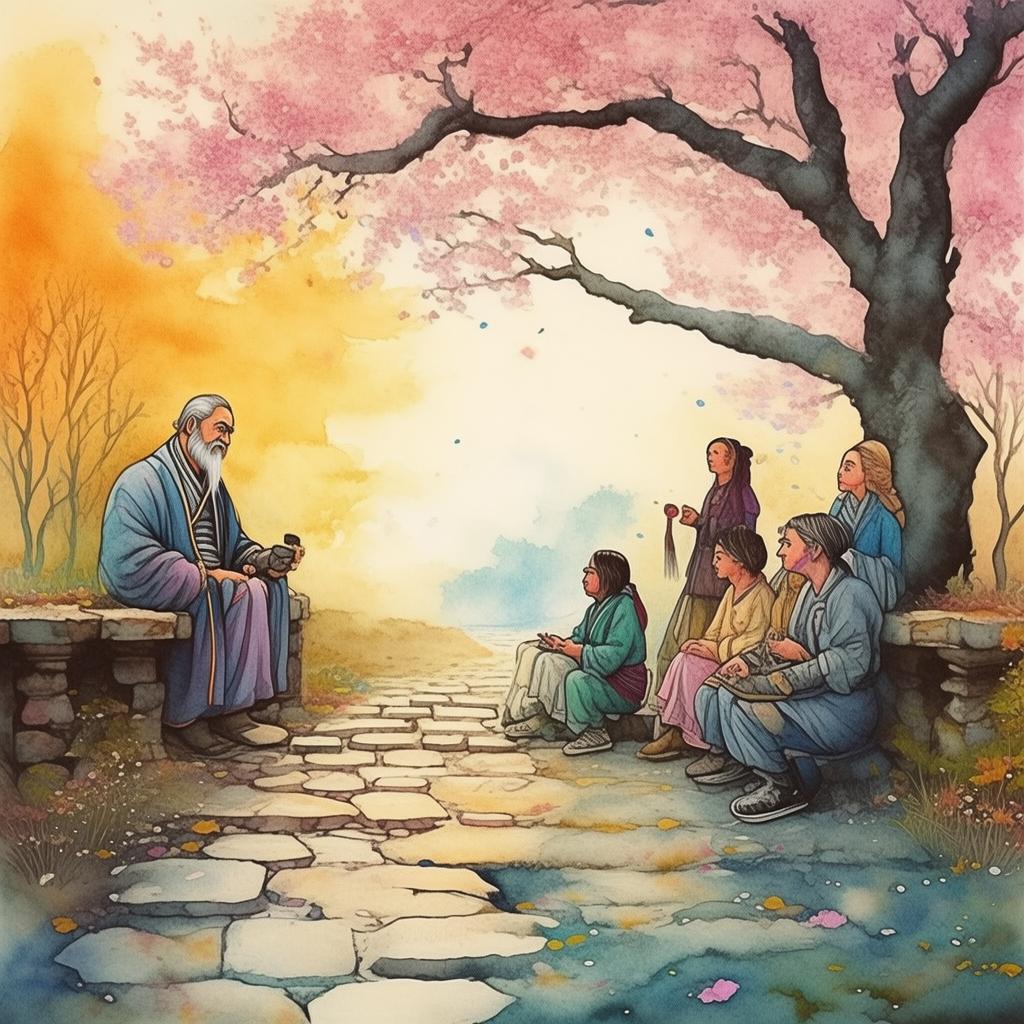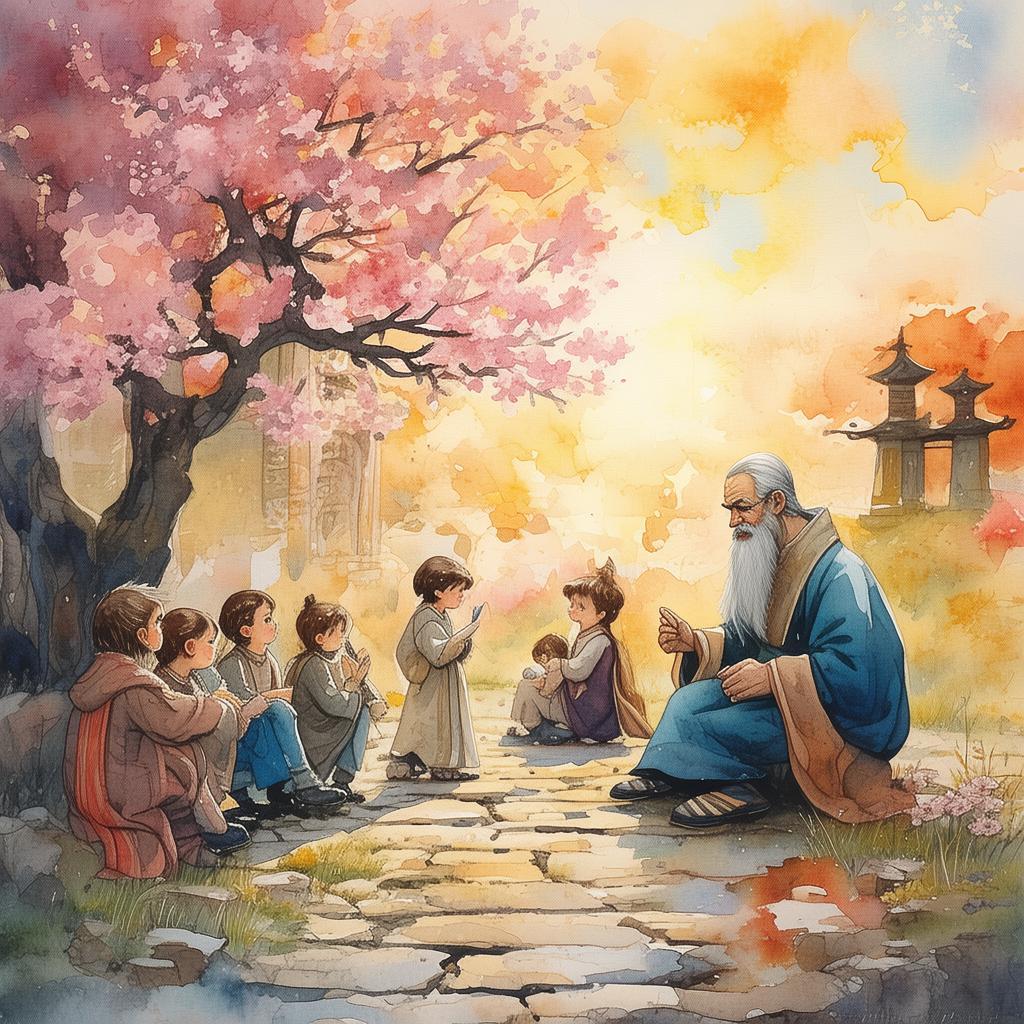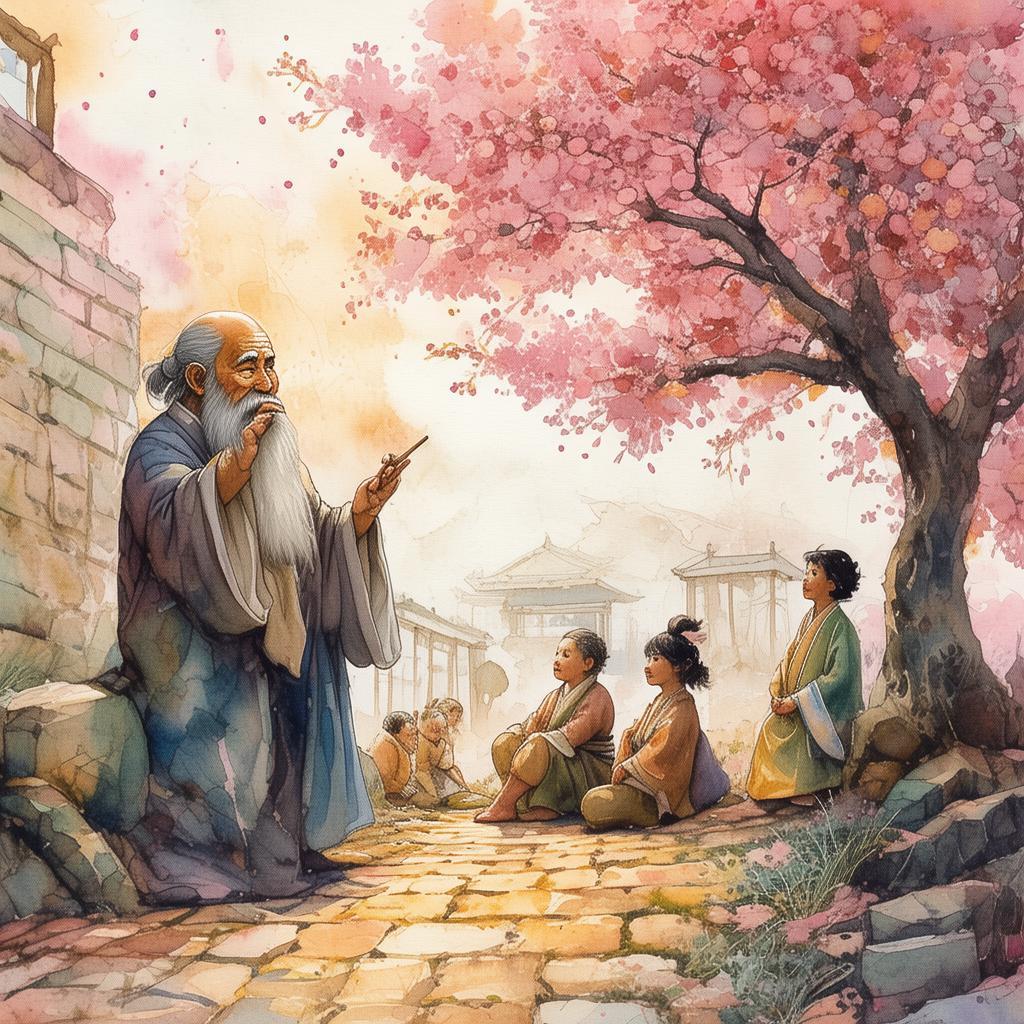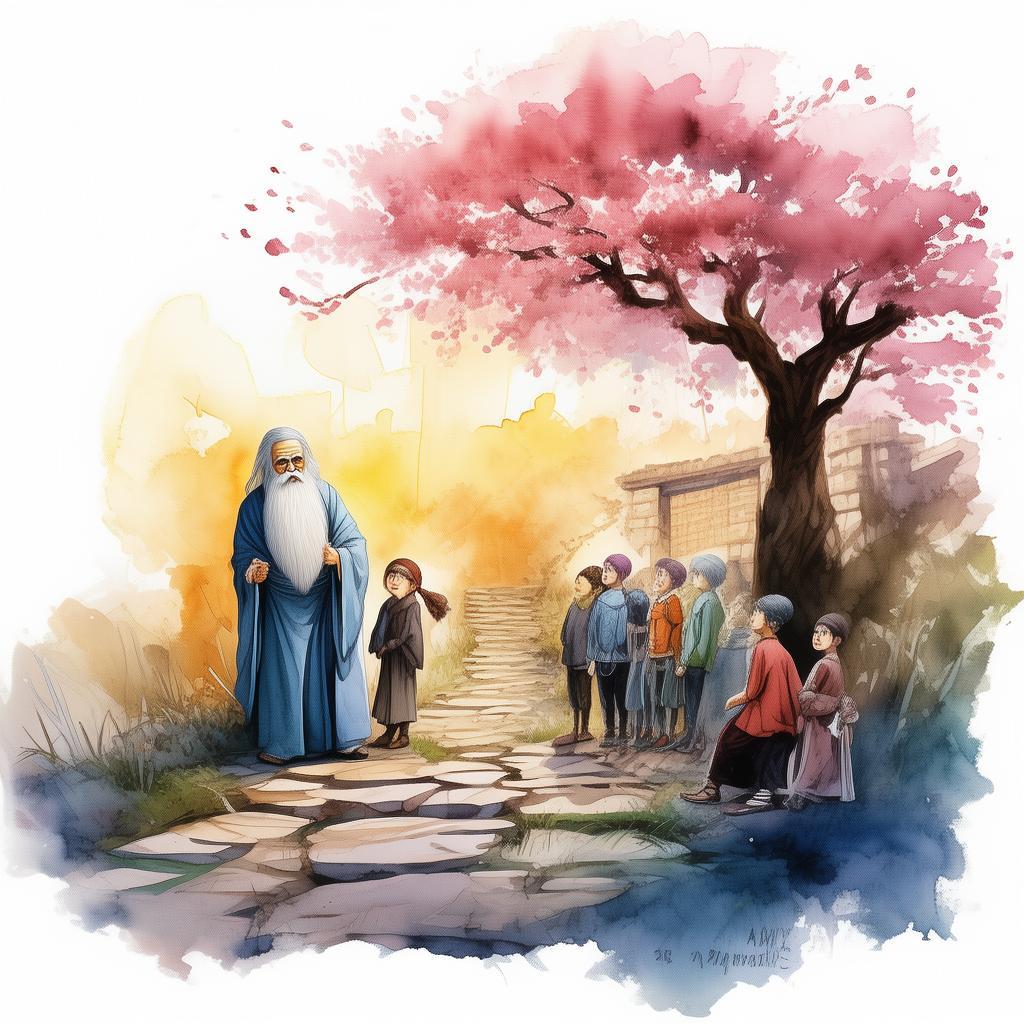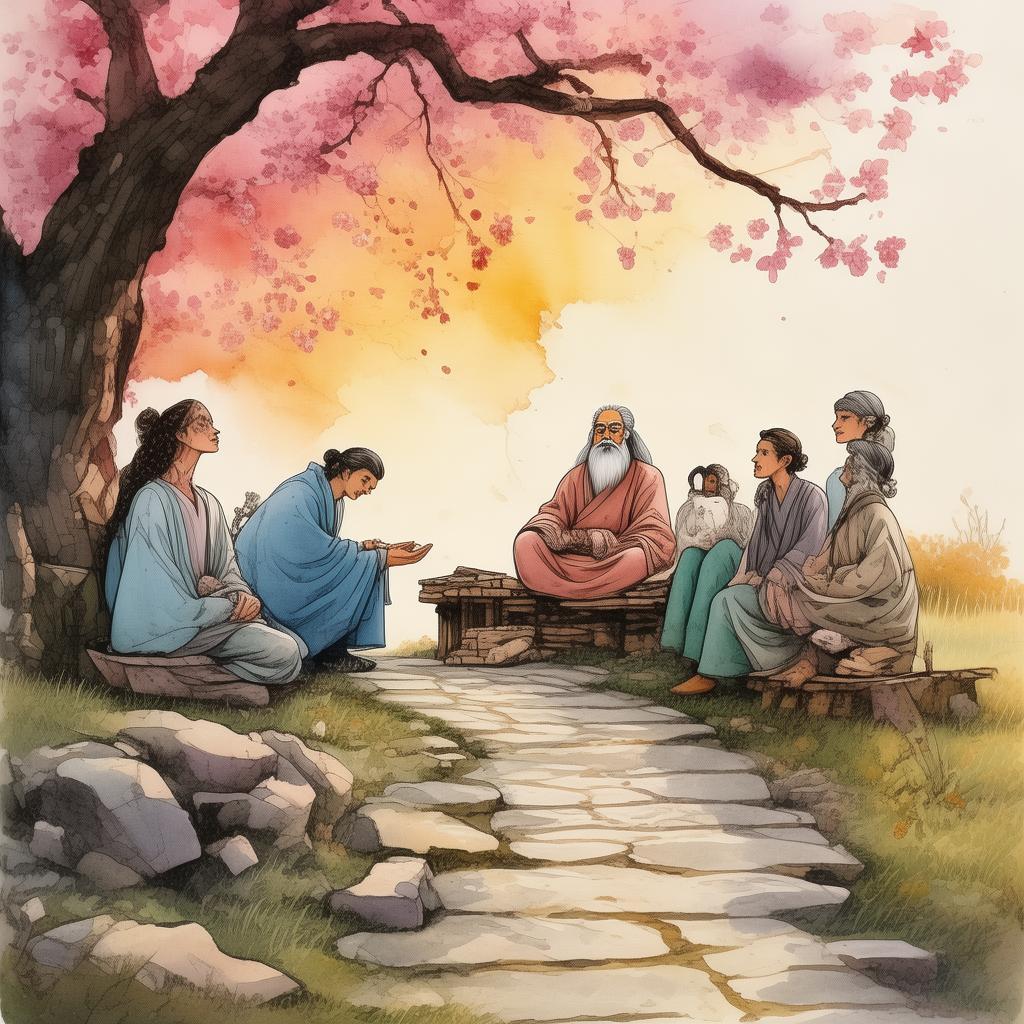Lu Ban's Master Key: The Enigma of the Number Seven
In the ancient city of Jinan, nestled between rolling hills and the winding Yellow River, there stood a modest workshop. Its walls were adorned with intricate carvings, and the air was thick with the scent of pine and oil. This was the workshop of Xiao Li, a young artisan with a talent for crafting exquisite wooden objects. He was known far and wide for his skill in creating intricate puzzles and locks, but he yearned for something more.
One evening, as Xiao Li was finishing his latest creation—a small, ornate box with a lock that could only be opened with a single, perfectly shaped key—he stumbled upon a tattered scroll tucked away in a corner. The scroll was covered in ancient Chinese characters, and it spoke of a secret formula known as Lu Ban's Number Seven. According to the scroll, this formula was the key to unlocking the greatest mysteries of ancient Chinese craftsmanship, a formula that had been lost to time.
Intrigued and driven by a thirst for knowledge, Xiao Li decided to decipher the scroll's cryptic message. It took him many long nights, but eventually, he uncovered the formula: a series of numbers and symbols that seemed to have no meaning in and of themselves. Yet, as he studied them, a pattern began to emerge. The numbers and symbols were arranged in a specific sequence that formed a shape that looked strikingly similar to the lock he had just finished crafting.
Xiao Li was filled with excitement and determination. He knew that if he could apply this formula to his craft, he would unlock secrets that had been hidden for centuries. He began to experiment with the formula, incorporating it into his lock designs. To his amazement, the locks he created were not only more intricate and beautiful, but they were also incredibly secure. No lock pick or picklock could open them.
Word of Xiao Li's remarkable craftsmanship spread like wildfire. The king himself heard of the young artisan's abilities and summoned him to the royal court. The king tasked Xiao Li with creating a lock that would secure the royal treasure room, a room filled with the most precious jewels and artifacts in the kingdom. Xiao Li accepted the challenge and set to work, using Lu Ban's Number Seven formula to create the most complex and secure lock ever seen.
As Xiao Li crafted the lock, he felt a strange sense of connection to the ancient master craftsman, Lu Ban. He imagined Lu Ban himself, a man who had lived centuries ago, standing beside him, guiding his hands and sharing his wisdom. The lock was completed, and the king, impressed with Xiao Li's skill, asked him what the formula meant.
Xiao Li replied, "Your Majesty, Lu Ban's Number Seven is not just a formula for making locks. It is a testament to the power of knowledge and the importance of sharing it. The numbers and symbols represent the balance between form and function, beauty and security, and the harmony of the universe."

The king was struck by Xiao Li's words and realized that he had not only secured his treasure room but had also been given a valuable lesson. He asked Xiao Li to share his knowledge with others, to teach them the art of craftsmanship and the importance of preserving the secrets of the ancient masters.
Xiao Li traveled throughout the kingdom, teaching his craft and spreading the knowledge he had gained from Lu Ban's Number Seven formula. His legacy would live on for generations, and the story of the secret formula would be told far and wide, a testament to the enduring power of knowledge and the spirit of innovation.
In the end, Xiao Li realized that the true secret of Lu Ban's Number Seven was not in the formula itself, but in the spirit of curiosity and the willingness to learn from the past. It was a message that would resonate through the ages, inspiring artisans and craftsmen to push the boundaries of their creativity and to always seek the truth.
As Xiao Li looked out over the workshop he had built, he knew that the spirit of Lu Ban would never be forgotten. The legacy of the Number Seven formula had been passed on, and the secrets of ancient Chinese craftsmanship would continue to inspire for generations to come.
✨ Original Statement ✨
All articles published on this website (including but not limited to text, images, videos, and other content) are original or authorized for reposting and are protected by relevant laws. Without the explicit written permission of this website, no individual or organization may copy, modify, repost, or use the content for commercial purposes.
If you need to quote or cooperate, please contact this site for authorization. We reserve the right to pursue legal responsibility for any unauthorized use.
Hereby declared.


